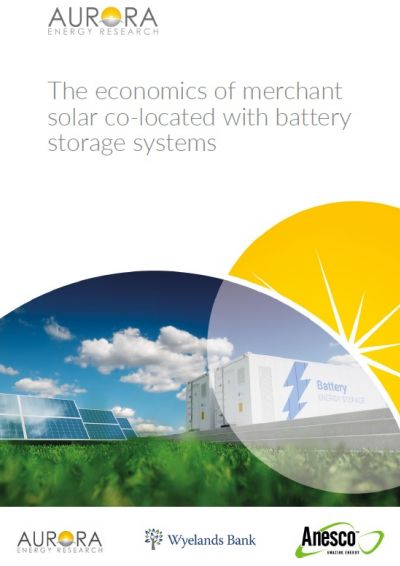SPONSORED: The role of battery storage systems in Great Britain’s electricity system has been the subject of renewed focus following the power outages that caused widespread disruption on 9th August 2019.
Ongoing trends in the development of the system mean that the proportion of non-synchronous generation (primarily wind, solar and interconnector imports) is increasing. This tends to reduce the inertia of the system, i.e. its resistance to a change in frequency. Low system inertia can be a contributing factor towards power outages, amplifying the effects if power plants trip.
Low system inertia can be managed if there is enough flexible capacity able to provide ‘synthetic inertia’ and fast response to a change in frequency. Among the possible sources of flexible capacity, batteries stand out because of their especially quick response times, which are typically a fraction of a second.
As National Grid seeks to achieve its stated intention of being able to operate a zero carbon system by 2025 (with ever higher levels of non-synchronous wind and solar), it is likely to need to increase its procurement of flexible capacity such as batteries.
This report does not focus on power outages or inertia, but looks more broadly at the economics of solar systems co-located with battery storage. However, we note that the economics we set out here could be further improved by a decision by National Grid to increase its procurement of flexible capacity, which could imply higher ancillary services revenues for batteries.

